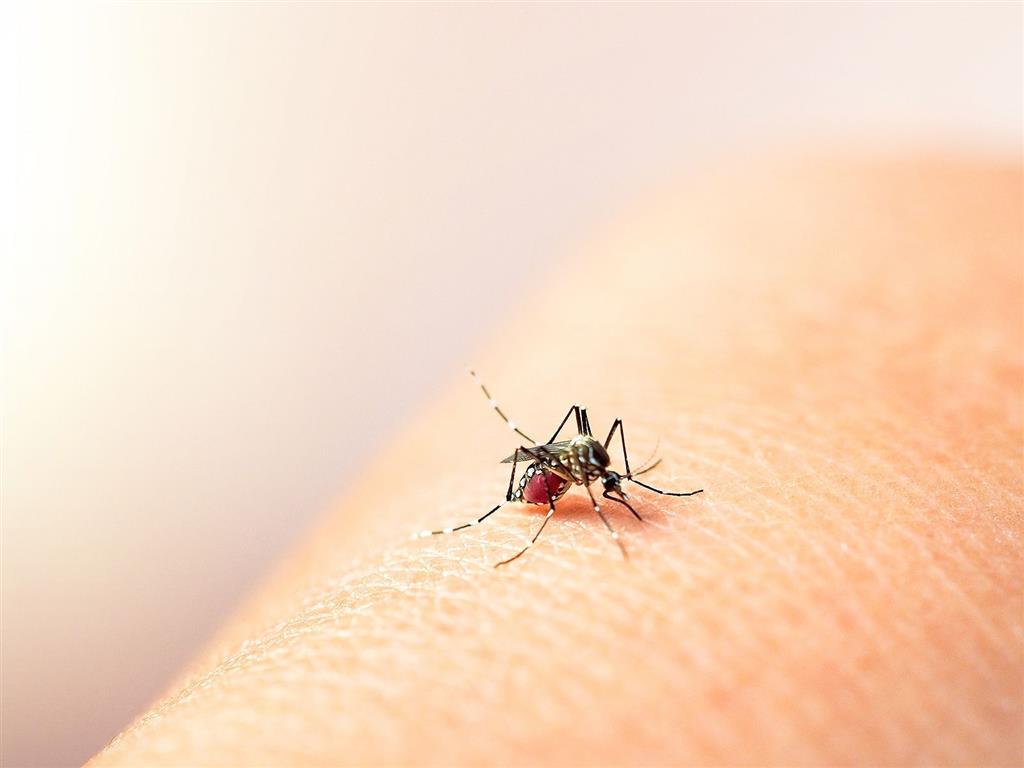The mosquito, the main transmitter of viruses such as dengue, Zika or yellow fever, first notices the slightest fluctuation of carbon dioxide in the air, caused by the breathing of a human being, a detection that takes place more than ten meters away from the subject.
This insect reacts to loco motor activity and increases its reactivity to other stimulation coming from the host, for example, the smell of humans, detectable at a distance of one or two meters, the authors point out.
Aedes aegypti has poor visual acuity, so the effectiveness of these signals is altered by possible air currents. However, the mosquito does know that it is close to its target when it is less than ten centimeters from human skin, as it detects humidity and heat.
According to the scientists, this finding could contribute to the design of new, more effective mosquito traps.
jrr/arm/mem/al










